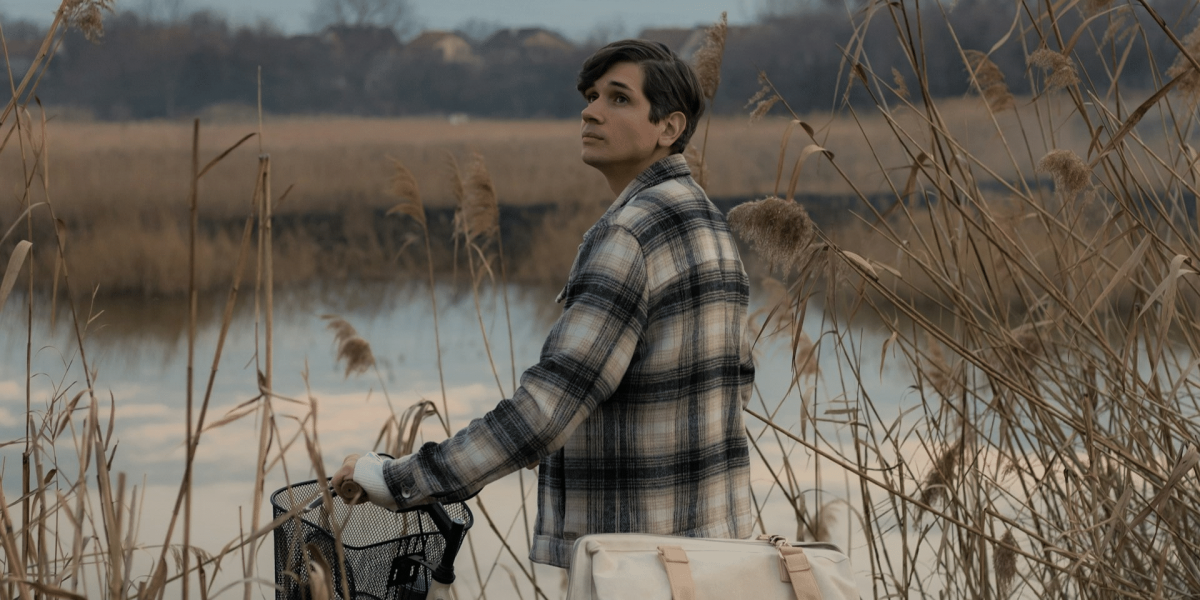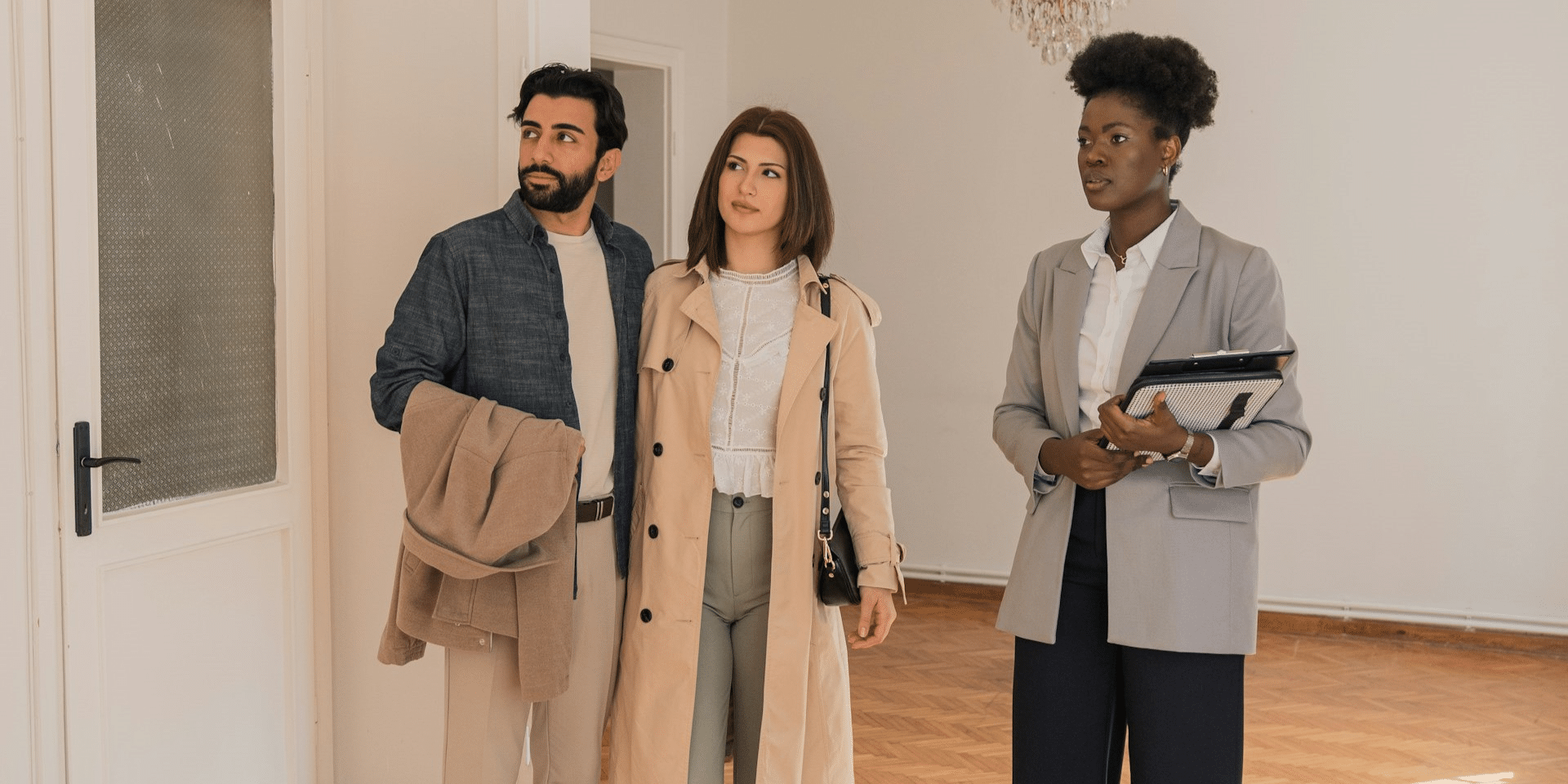Have you ever noticed that many modern films seem to feature muted colors and subdued palettes? From gritty dramas to dystopian thrillers, the use of muted colors has become a prevalent stylistic choice in contemporary cinema. But what exactly is behind this trend, and what effect does it have on the viewer’s experience? Let’s take a closer look at the phenomenon of muted colors in modern films and explore the reasons behind its widespread use.
The Rise of Muted Color Grading
One of the primary reasons for the prevalence of muted colors in modern films is the widespread adoption of digital color grading techniques. Unlike traditional film processing methods, which relied on chemical processes to manipulate color and contrast, digital color grading allows filmmakers to precisely control every aspect of the color palette in post-production. This level of control has led to the rise of muted color grading as a stylistic choice, with filmmakers intentionally desaturating colors and reducing contrast to create a specific mood or atmosphere.
Moreover, the advent of high-definition digital cameras has facilitated the use of muted colors by providing filmmakers with greater flexibility and control over the visual aesthetic of their films. With digital cameras capable of capturing a wide range of colors and tones, filmmakers can experiment with different color grading techniques to achieve the desired look and feel for their projects.
Creating a Sense of Realism and Authenticity
In many cases, filmmakers use muted colors to create a sense of realism and authenticity in their storytelling. By toning down the vibrancy of colors and minimizing visual distractions, filmmakers can draw attention to the narrative and characters, allowing the story to take center stage. This subdued approach to color grading can enhance the viewer’s immersion in the film’s world, making the experience feel more grounded and believable.
Furthermore, muted colors can help filmmakers evoke a sense of nostalgia or historical authenticity in period pieces or films set in specific time periods. By carefully selecting muted color palettes that reflect the aesthetics of the era being depicted, filmmakers can transport audiences to different time periods and evoke a sense of the past in a visually compelling way.
Evoking Mood and Atmosphere
Muted colors are also frequently used to evoke mood and atmosphere in films. By using desaturated tones and subdued palettes, filmmakers can convey a sense of melancholy, mystery, or foreboding, depending on the tone of the story. For example, a muted color scheme might be used to create a sense of unease in a horror film or to evoke nostalgia in a period drama. The subtle use of color can have a powerful emotional impact on the viewer, enhancing the storytelling and enriching the viewing experience.
Additionally, muted colors can be employed to reflect the emotional states of characters or the overall tone of a scene. For instance, a scene featuring muted colors might suggest a sense of introspection or contemplation, while a scene with more vibrant colors might convey excitement or joy. By manipulating color palettes to align with the emotional beats of the story, filmmakers can enhance the mood and atmosphere of their films, immersing audiences in the narrative world and heightening their emotional engagement.
Reinforcing Themes and Motifs
Another reason for the prevalence of muted colors in modern films is their ability to reinforce themes and motifs within the narrative. Filmmakers often use color symbolism to convey deeper meaning and subtext, with muted colors serving as visual cues to the audience. For example, a film with a muted blue color palette might be exploring themes of isolation or loneliness, while a film with a muted green color palette might be commenting on environmental degradation or decay. By carefully choosing and manipulating colors, filmmakers can enrich the layers of meaning within their films and create a more nuanced and thought-provoking viewing experience.
Moreover, muted colors can be used to highlight contrasts and juxtapositions within the narrative, drawing attention to key themes or character dynamics. For instance, a scene featuring muted colors might be juxtaposed with a scene featuring vibrant colors to underscore differences in mood or atmosphere. This contrast can help reinforce the central themes of the film and enhance the viewer’s understanding and interpretation of the story.
Reflecting Contemporary Aesthetics
The use of muted colors in modern films can also be seen as a reflection of contemporary aesthetics and visual trends. In an era dominated by minimalist design and understated elegance, muted colors have become synonymous with sophistication and refinement. Filmmakers may choose muted color palettes to align with these contemporary sensibilities and to create a visual aesthetic that feels modern and stylish. Additionally, muted colors can help give films a timeless quality, ensuring that they remain visually appealing and relevant for years to come.
Furthermore, the use of muted colors can be a deliberate stylistic choice to differentiate a film from others in the same genre or to evoke a specific artistic sensibility. By eschewing the vibrant colors often associated with blockbuster films, filmmakers can create a distinct visual identity for their projects and establish a unique tone and atmosphere. This can help attract audiences looking for innovative and visually striking cinema and distinguish a film in a crowded marketplace.
A Shift in the Industry
In summary, the prevalence of muted colors in modern films is a deliberate stylistic choice that serves a variety of purposes. From creating a sense of realism and authenticity to evoking mood and atmosphere, muted colors play a crucial role in shaping the visual language of contemporary cinema. By carefully manipulating color palettes and using muted tones strategically, filmmakers can enhance storytelling, reinforce themes, and reflect contemporary aesthetics, ultimately enriching the viewer’s experience and contributing to the overall impact of the film.






